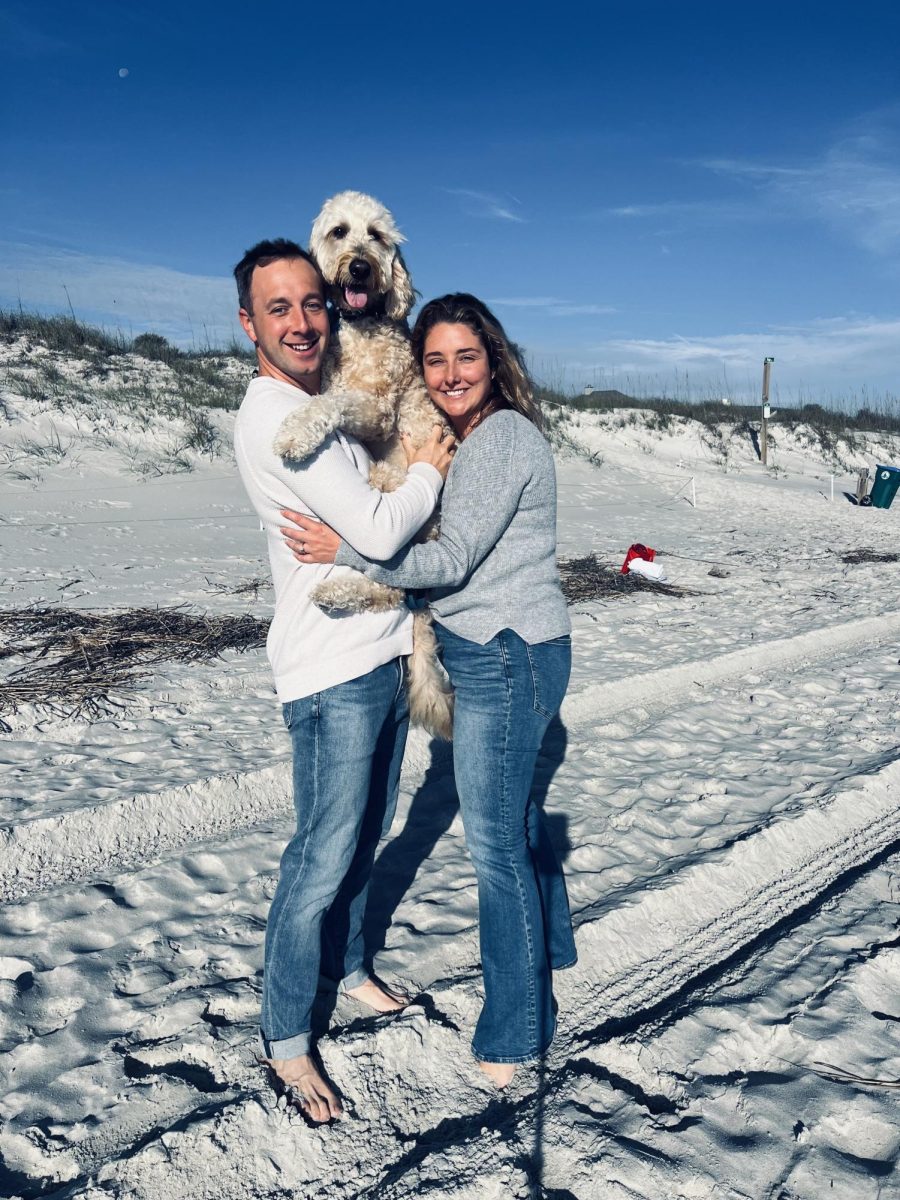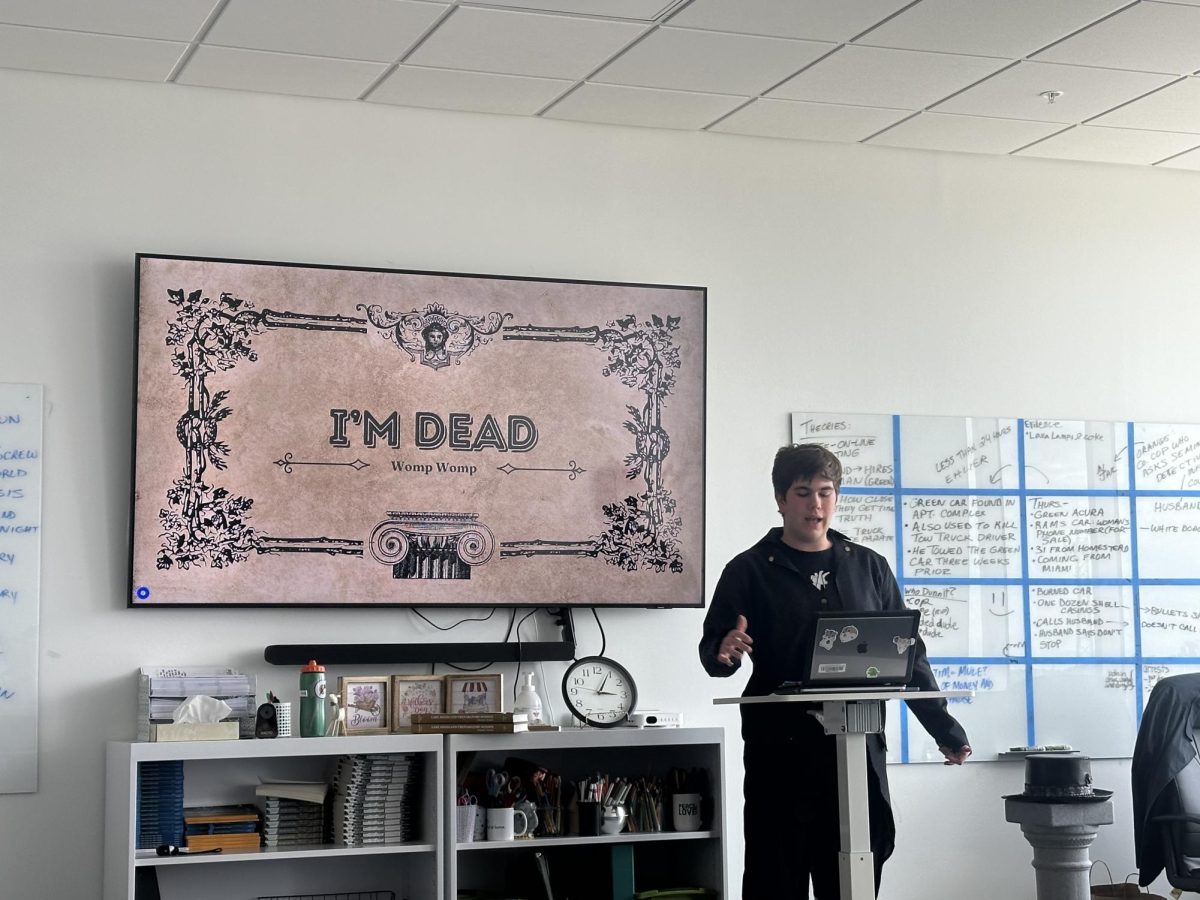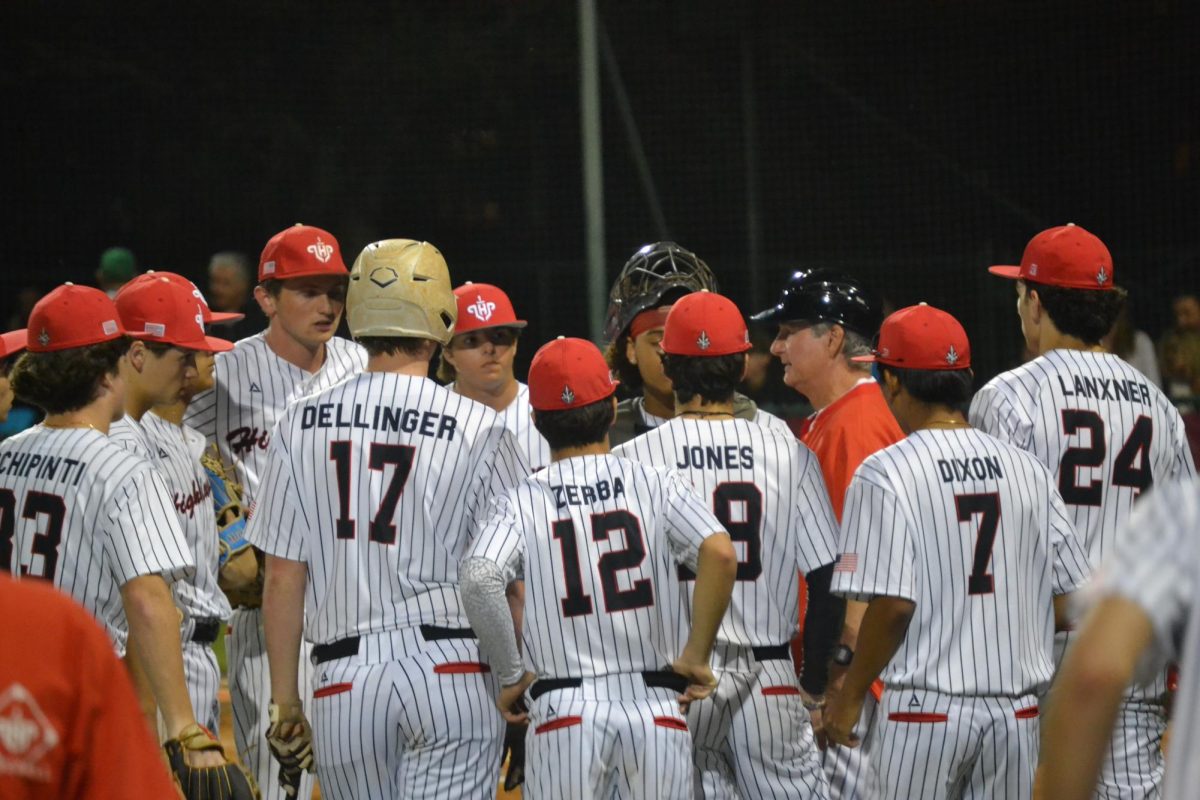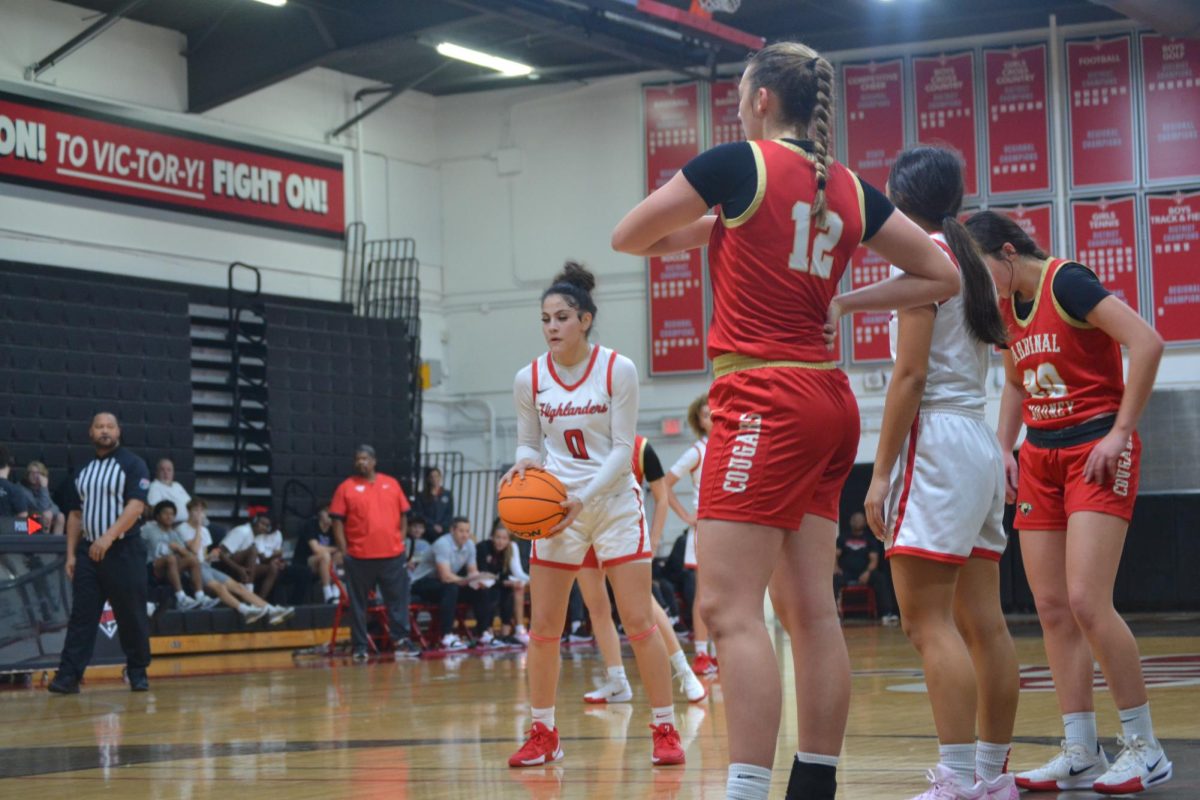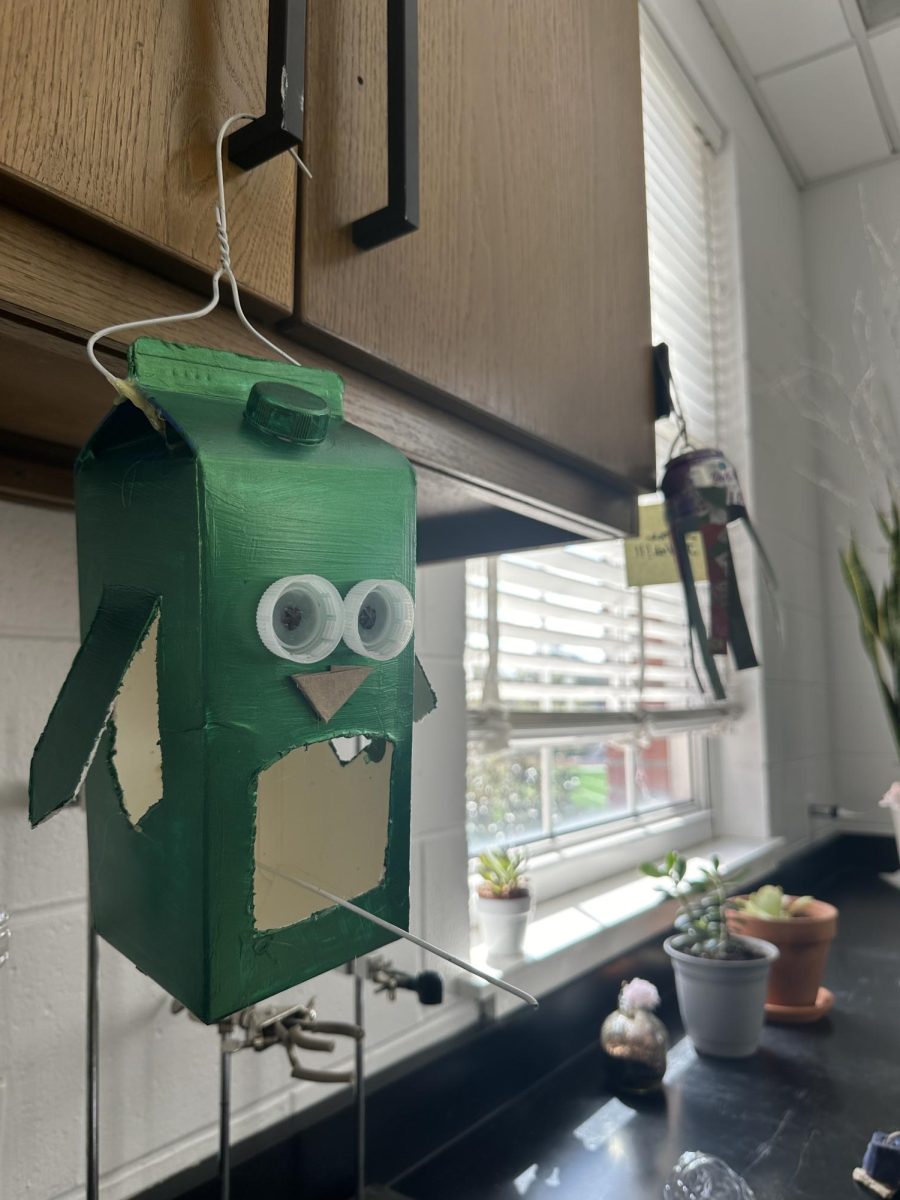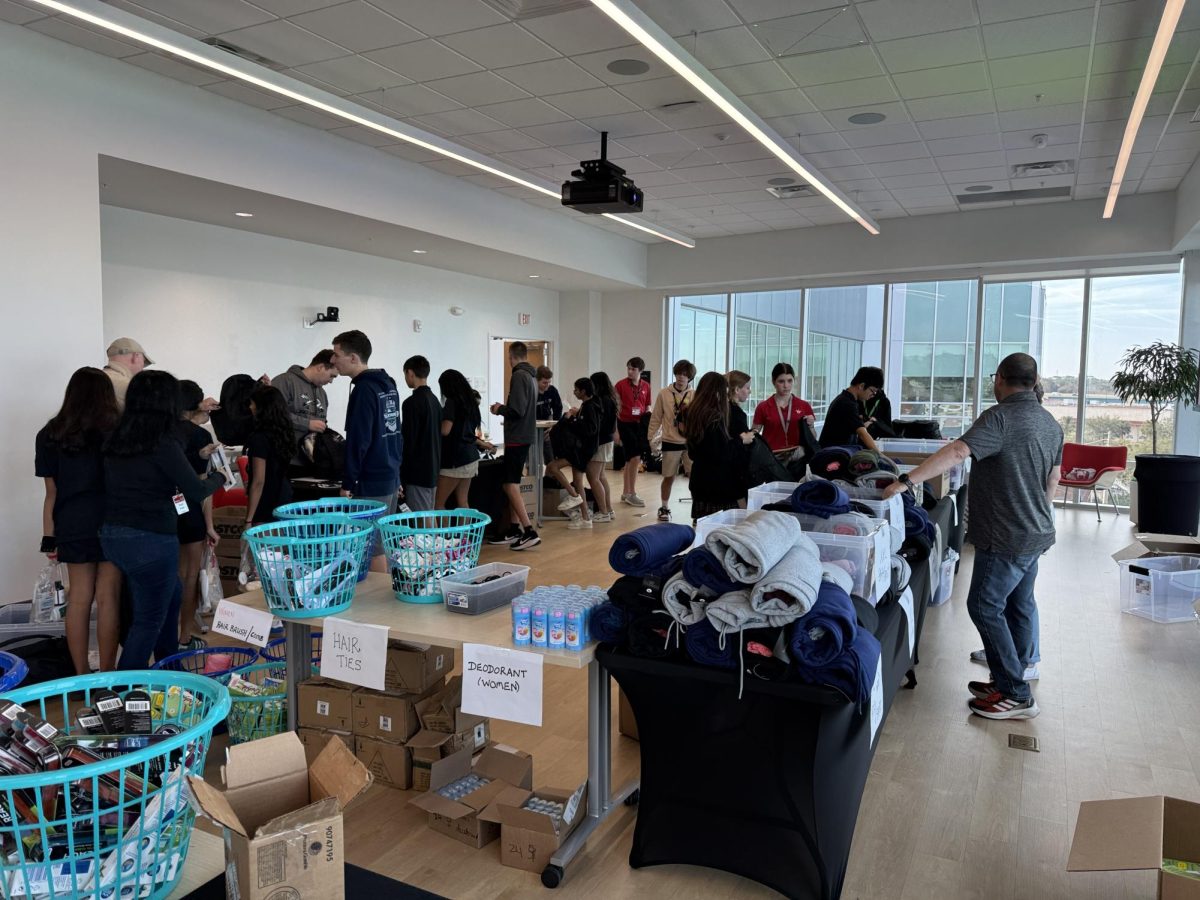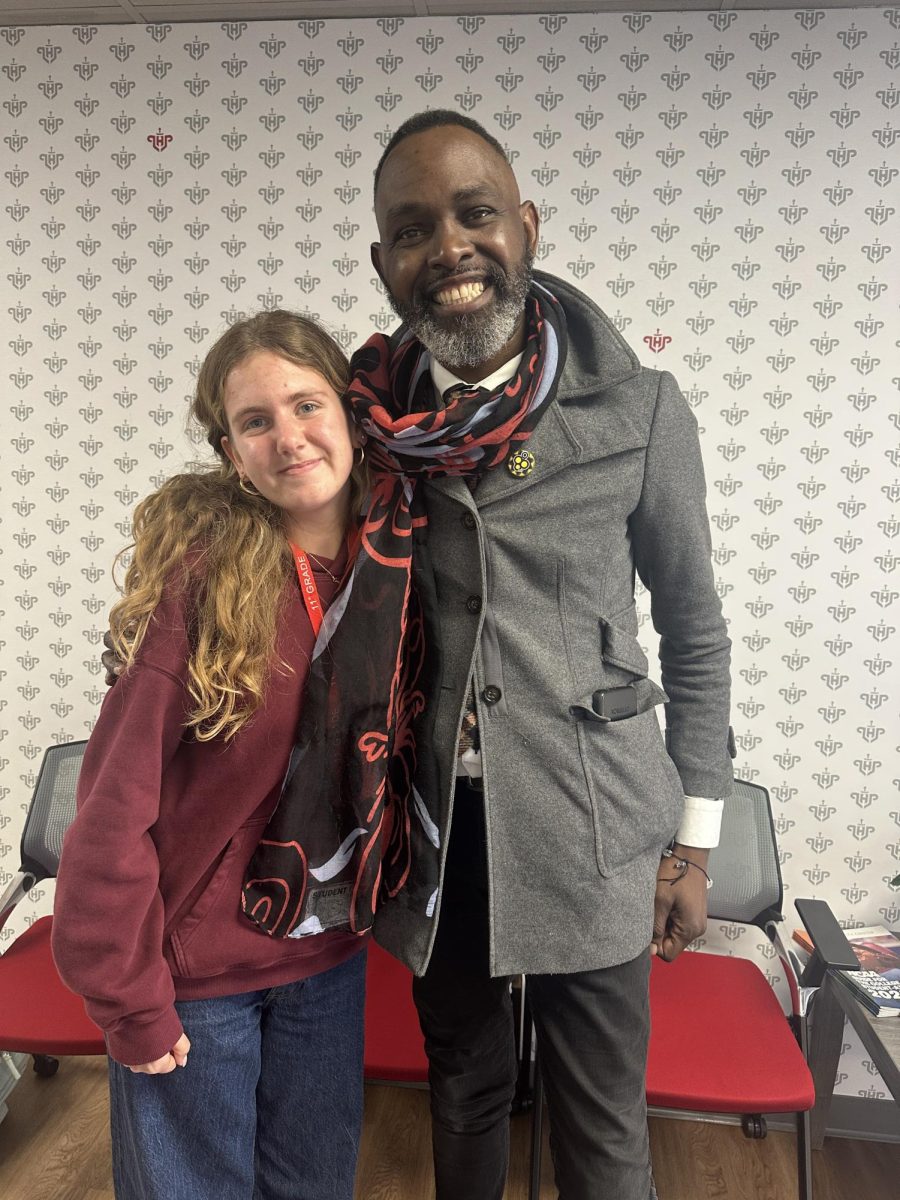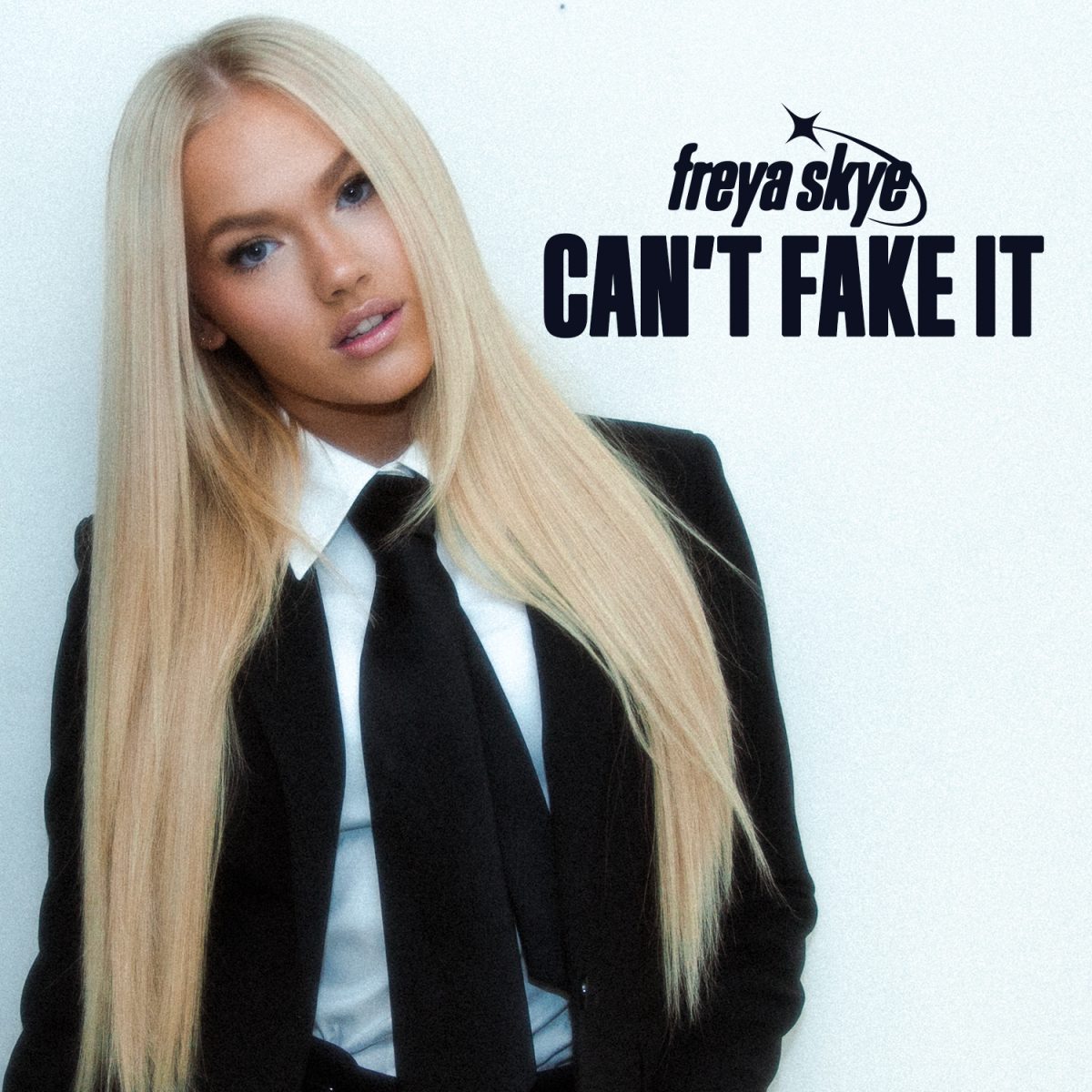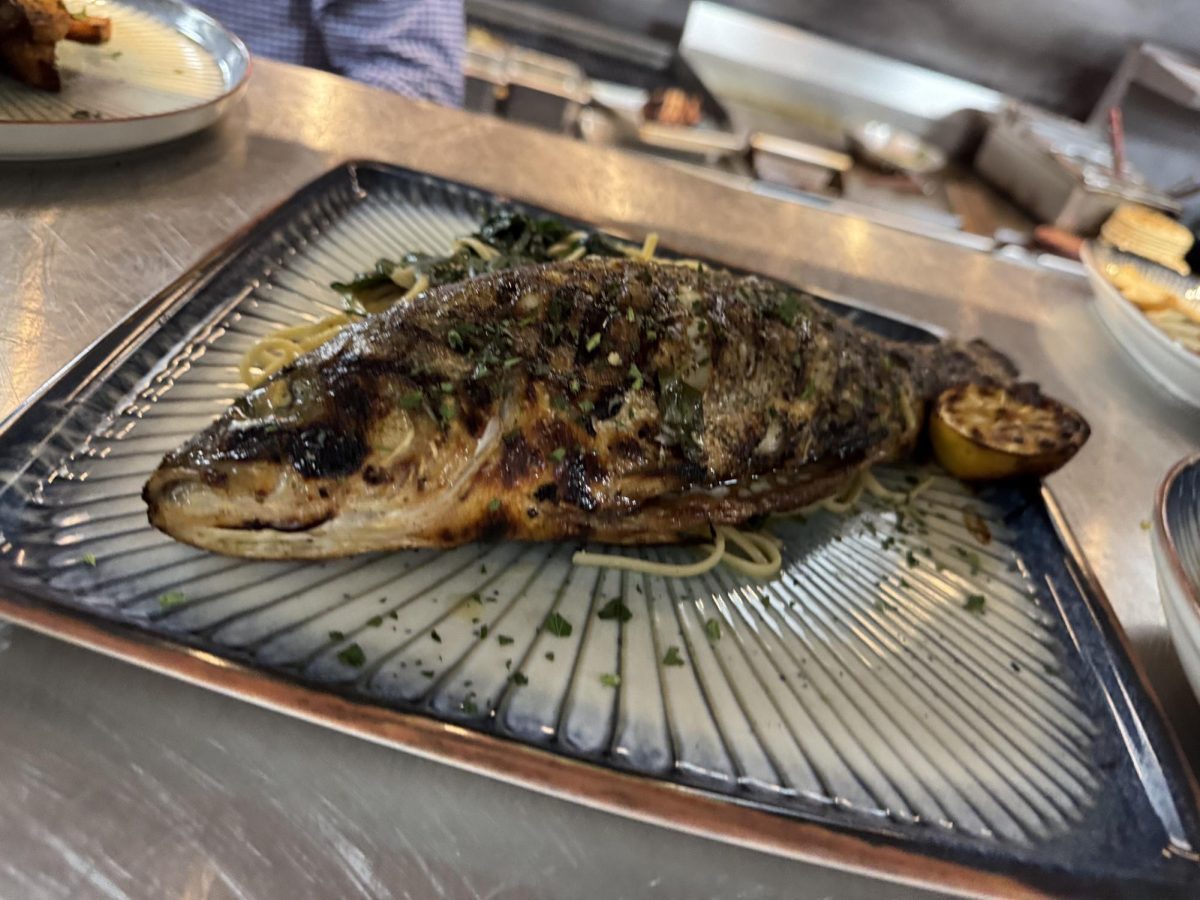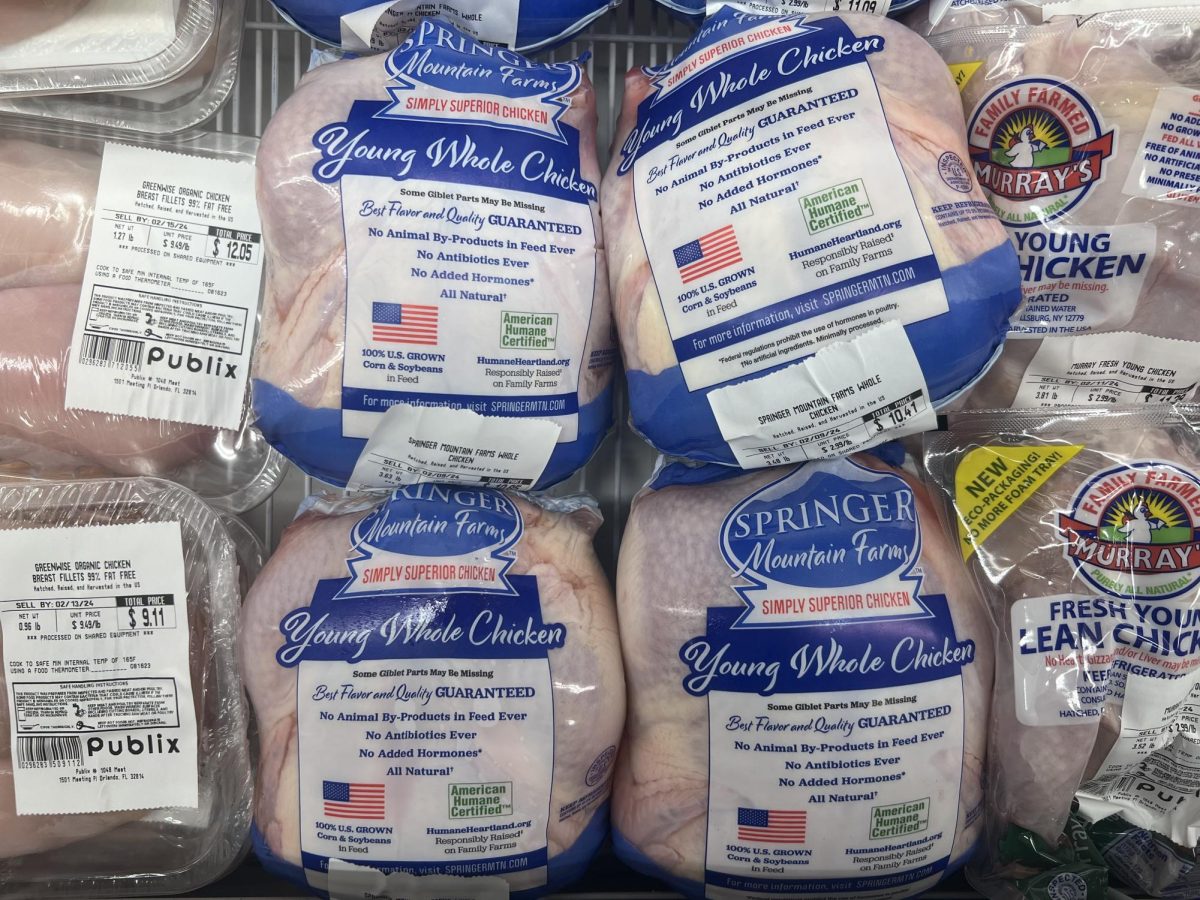Chicken is the most popular and consumed meat in America by far. This is due to poultry being relatively cheap to raise, ergo cheap to buy, compared to other meats like beef and pork. In the United States, more than eight billion chickens are slaughtered annually for their meat. Globally, 70% of poultry meat is manufactured in commercial farms. In the United States, over 99% of all chicken eaten is the result of factory farms owned by Big Chicken according to the infamous film Super Size Me 2: Holy Chicken! created by Morgan Spurlock, the documentary filmmaker for Super Size Me. Big Chicken comprises a handful of companies including Pilgrims, Sanderson Farms, Tyson, Perdue, and Koch Foods.
So when it’s that popular, there is no doubt that chicken is good for you… or so we think. But if the United States Department of Agriculture (U.S.D.A.) approves of it, then it can’t be that bad for us, right?
“No hormones,” “Free-range,” “Cage-free”, “All Natural,” “Humanely Raised,” “Simple,” and many other terms and statements reassure us that we are getting honest, healthy poultry. These terms often sway many people into purchasing certain chickens rather than others, but what do they really mean, and are they true?
“No hormones” is one of the many terms used to describe meat products. Consumers tend to feel better about the poultry they are buying and eating if they are told there were no hormones used to enhance the chicken. This sense of satisfaction is an illusion as chickens do not receive hormones for any purpose as most people might assume. In fact, it is illegal for chickens to receive hormones in the United States. Chickens in the grocery store labeled “No Hormones!” wouldn’t have received them anyway. Many chicken companies slap this health halo on packing regardless of its irrelevance to add to the list of other unmeaningful or deceiving labels and to add to the illusion that they are one of the “good” companies with chicken that is better than the others.
“Free-range” is another term frequently associated with animal products that claim to raise their products ethically. Naturally, you would think of a free-range chicken as one that can stretch their wings and run around in large, open fields. However, that’s not exactly true. The USDA permits the term “free-range” simply if the chickens have access to any space outdoors for at least some part of the day. Therefore, after 70 years of extensive research and selective breeding, these chickens are bred to live indoors. This process allows a chicken to be grown and ready for human consumption after just a short six-week life. This is a whopping 10-14 week difference compared to the length of time a chicken used to grow before the intense manipulation according to Quora.com. This results in the physical growth of the meat being too overbearing for the chicken. Therefore, its bones struggle to carry and keep up with the weight, and they can only take a few steps before they plop on the ground again. Out in the sun, they are extremely likely to die of heat stress within minutes. For these reasons, the chickens do not choose to utilize their part-time access to the undetermined amount of outdoors. Rather, they stay in the dark, confined grow house. These grow houses are so compact that the chickens are rarely ever able to fully spread their wings, as most grow houses have enough space to average less than one square foot per chicken.
“Cage-free” is another term people associate with freedom and lack of confinement. Shoppers might see this term on the packaging of chicken and feel pleased that the chicken was raised better than others that were not cage-free. Again, this feeling is an illusion purposefully created by Big Chicken to make consumers feel good about the chicken being consumed. The reality is that meat chickens in the United States have never been raised in cages.
“All natural” is arguably one of the most ironic terms. Ideally, most people would like to believe that this means the meat was raised organically and untouched. Now this term must have significance, as claiming a chicken to be natural when it is not would just be a blatant lie. Well, the USDA accepts this label as long as the poultry is, “Minimally processed” and there are, “No artificial ingredients” after it is slaughtered, with no regulations on how the animals were raised or treated during its lifespan. The speed and quality of these chickens’ lives are certainly unnatural compared to how it was supposed to be before Big Chicken corporations started taking over. The cooperation implements processes to squeeze in as many possible chickens as they can fit into the least possible amount of space and speed up the length of chickens’ lives as fast as they possibly can to make the most amount of money. This unjust exploitation has resulted in a great number of chickens commonly getting and dying from obesity, infectious bronchitis, bone issues, Green Muscle Disease, New Castle Disease, salmonella, and sadly many more. This rarely ever was the case with chickens before today’s type of factory farming. A life ruled by exploiters will always be unnatural, as natural practices take much longer to produce a healthy chicken.
The worst part about all these health halos, or images of purity, is that the USDA does not fact-check them. The USDA has little to no money coming in, as they do not receive funds from anywhere. This means that they cannot afford to challenge and test chicken companies that include and advertise these terms. In most cases, if a company claims any of these terms, they will approve them.







